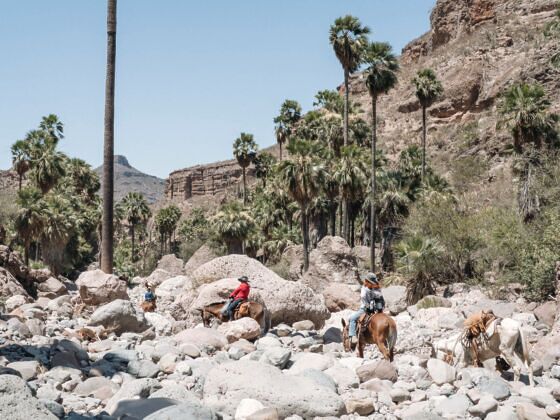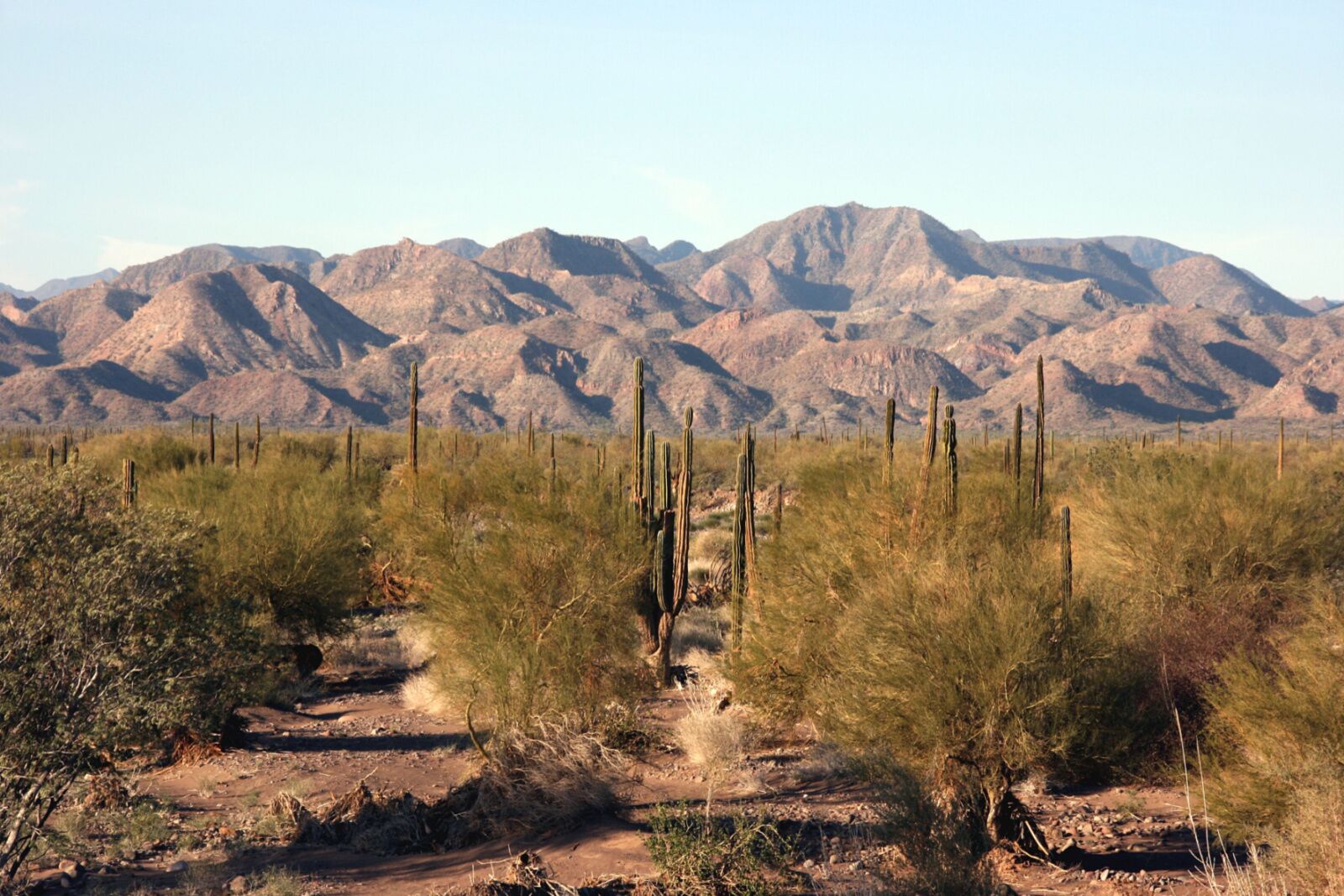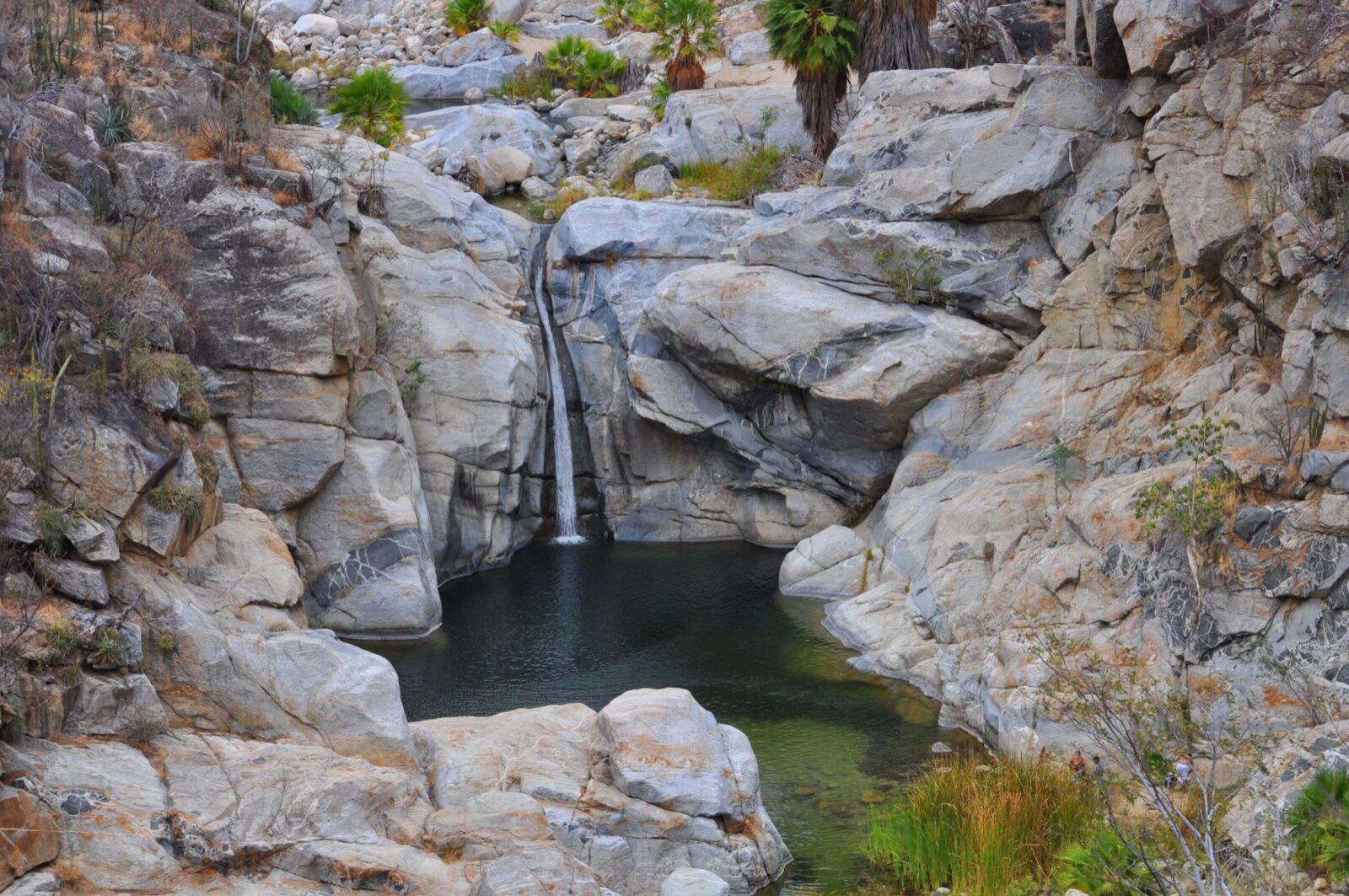Often mistaken as part of the United States, Baja California is a Mexican state located on the long, skinny peninsula flanked by the Sea of Cortez and the Pacific Ocean just south of California. “Baja” means “short” or “lower” in Spanish, so it literally translates to the land of “lower California.”
Another common geographic mistake? Many travelers assume that the entirety of this narrow peninsula is Baja California, but that’s not the case – the promontory is actually divided in two. Below Baja California is the creatively named state of Baja California Sur. The state of Baja California Sur consists of the southernmost half of the peninsula, the tip of which is home to well-known vacation hotspot Cabo San Lucas.







